Confined Space Equipment: A Comprehensive Guide
Confined space equipment refers to any tools, systems, or devices designed to protect, assist, or rescue workers operating in enclosed or restricted areas. These can range from basic items like helmets and radios to more advanced tools such as gas detectors, manhole pumps, and retrieval systems. The purpose of these tools is to ensure the safety and efficiency of workers who must enter confined spaces for maintenance, inspection, or repair work.
In essence, any tool that contributes to a worker's safety and effectiveness within a confined space qualifies as confined space equipment.
This type of equipment is widely used across various industries, including oil and gas, mining, power generation, wastewater treatment, construction, and maritime operations. In this guide, we will define what a confined space is, explore the different types of equipment used globally, and discuss the risks involved in confined space work.
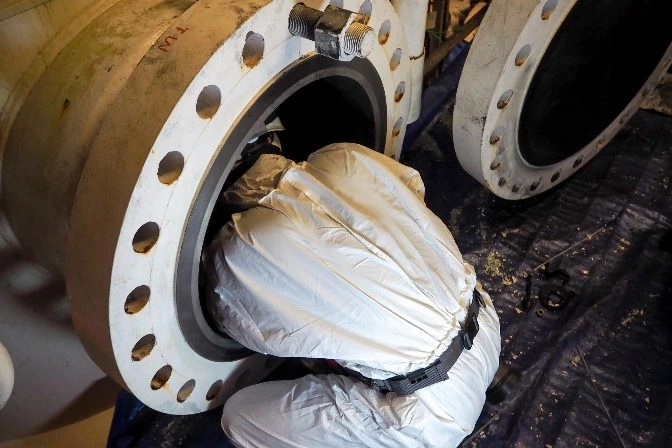
What Is a Confined Space?
A confined space is typically an enclosed area not specifically designed for human occupancy but large enough for a person to enter and perform tasks. Examples include air ducts, manholes, tanks, tunnels, pipelines, silos, and storage containers.
According to OSHA, a space is considered confined if it meets three criteria:
- It has limited means of entry and exit.
- It is not intended for continuous human occupancy.
- It is large enough for a person to enter and work inside.
Many enclosed areas may meet one or two of these criteria, but they are only classified as confined spaces if all three are satisfied. Understanding this definition is essential for identifying and managing confined spaces safely.
This guide will focus on the dangers associated with confined spaces and the equipment used to mitigate those risks.
[For a deeper understanding of industrial work in enclosed areas and how to identify and manage confined spaces in your workplace, check out this helpful Flyability guide.]
Dangers of Confined Space Entry
Working in confined spaces poses numerous risks, from atmospheric hazards to mechanical dangers. Confined space equipment plays a critical role in minimizing these threats and ensuring worker safety.
Common hazards include:
- Atmospheric Hazards: Oxygen deficiency, toxic gases, and flammable vapors.
- Chemical and Biological Exposure: Dangerous substances that can be inhaled, ingested, or absorbed through the skin.
- Engulfment: Risk of being trapped by liquids or loose materials.
- Fire Hazards: Flammable gases or dusts that can ignite.
- Mechanical and Physical Hazards: Noise, temperature extremes, electrical risks, and structural instability.
- Rescue Hazards: 60% of confined space fatalities occur during rescue attempts, highlighting the need for proper training and equipment.
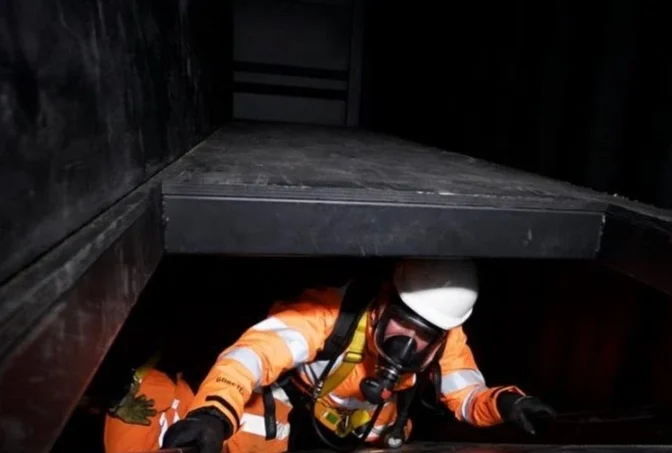
Requirements for Confined Space Entry
Confined space equipment is essential for mitigating the risks associated with working in these environments. It should:
- Protect entry and exit points.
- Prevent unauthorized access.
- Ensure proper ventilation.
- Provide safe access and egress.
- Meet ANSI standards for safety and performance.
Before entering, a permit is often required to ensure the space is safe. This process involves checking for hazards, designating an attendant, and establishing communication protocols.
Permit-Required Confined Spaces
A permit-required confined space includes additional hazards beyond the standard definition. These spaces require strict adherence to safety procedures and documentation. Key elements of a confined space permit include:
- Purpose of entry.
- Authorized personnel.
- Atmospheric conditions.
- Communication methods.
- Hazard elimination measures.
Non-Permit Confined Spaces
Some spaces do not require permits due to lower risk. Examples include crawl spaces, drop ceilings, and ventilated tunnels. However, even in these areas, safety protocols should still be followed.
Types of Confined Space Equipment
Confined space equipment comes in many forms, each designed to address specific hazards and tasks. Here are some key categories:
Communication Equipment
Effective communication between workers inside and outside the confined space is crucial. Common tools include:
- Headsets and talk boxes.
- Microphones and speakers.
- Communication cables and carrying cases.
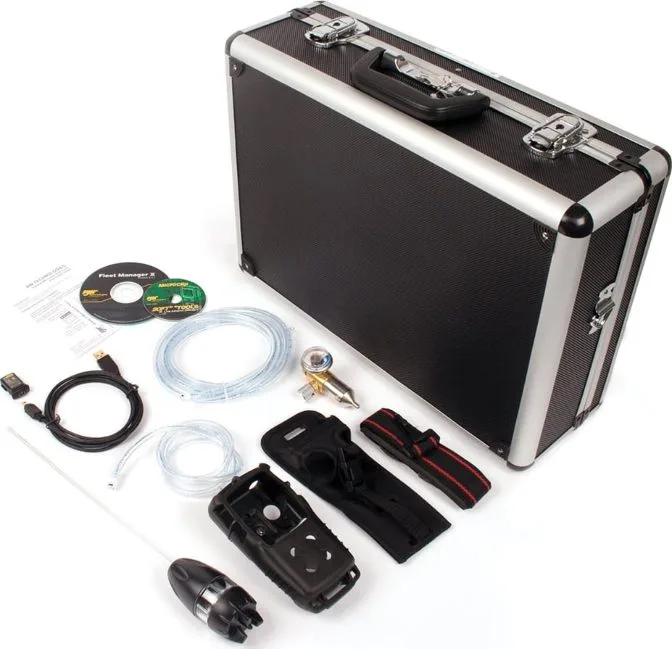 Source: TEquipment
Source: TEquipment
Descent, Rescue, and Retrieval Systems
These systems help workers enter and exit confined spaces safely. They include:
- Fall arresters and full-body harnesses.
- Hoists, winches, and tripods.
- Rescue pulleys and retrieval devices.
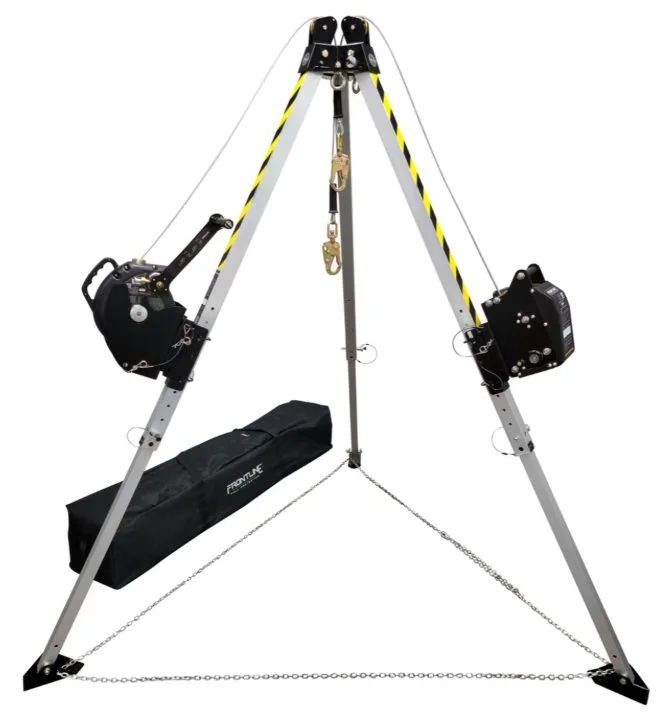 Source: ISP
Source: ISP
Medical Equipment
Emergency medical equipment is essential in case of injury. This includes:
- Breathing apparatuses.
- First aid kits and stretchers.
- Resuscitators and trauma gear.

Meters and Monitors
Gas detectors and air quality monitors are vital for identifying hazardous atmospheres. These devices provide real-time data to ensure a safe working environment.
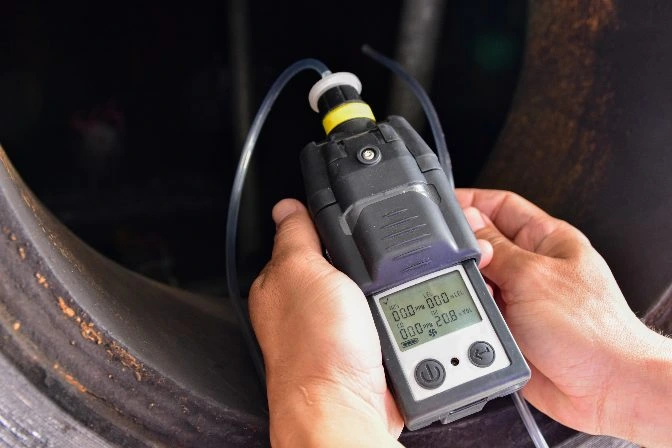
PPE (Personal Protective Equipment)
Basic PPE such as gloves, hard hats, and eye protection is essential for all confined space work. Additional items like flashlights and headlamps improve visibility and safety.
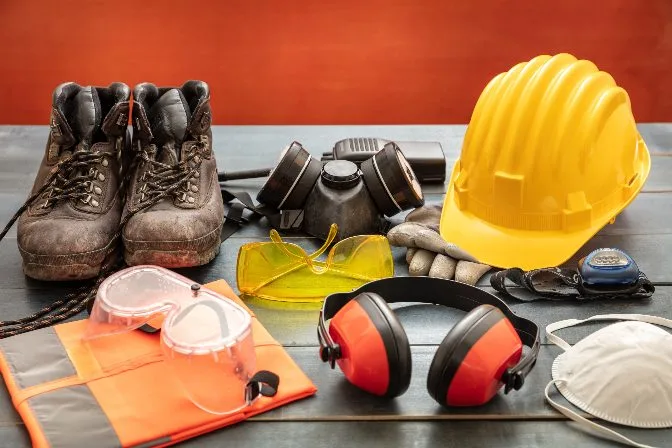
Signage and Permits
Clear signage and permits are critical for controlling access and informing workers of potential hazards. Signs like “Enter By Permit Only†help enforce safety protocols.
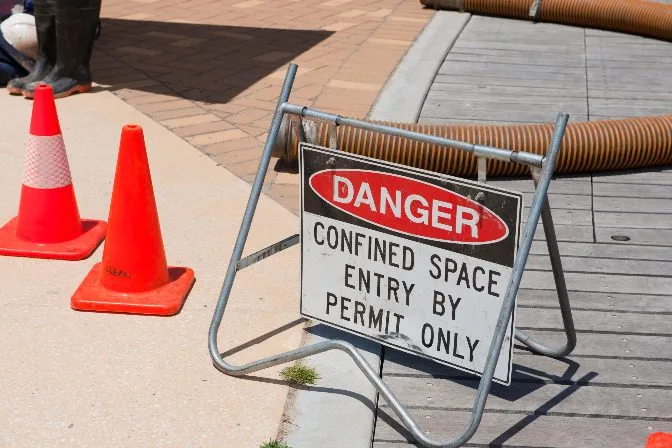
Ventilation Equipment
Proper ventilation is necessary when dealing with hazardous atmospheres. Tools like blowers, fans, and ducts help remove contaminants and maintain air quality.
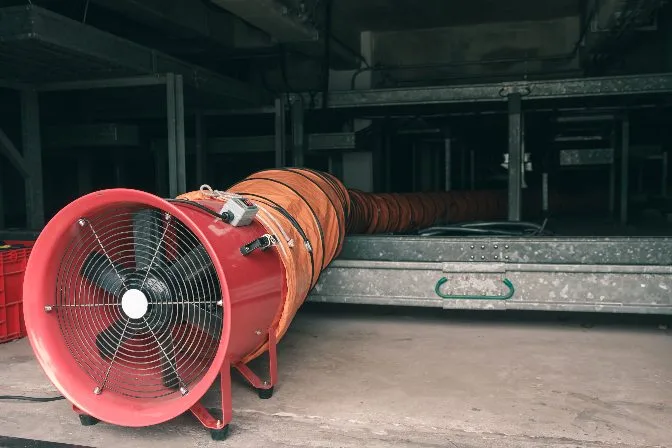
Data Collection and Inspection Tools
Tools like camera-on-a-stick, crawler robots, snake robots, and climber robots are used for inspections and data collection. These devices reduce the need for human entry into dangerous areas.
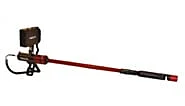
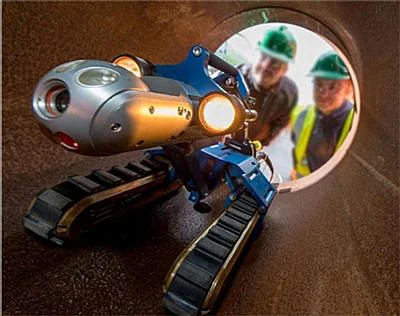
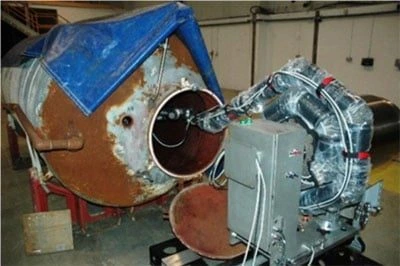
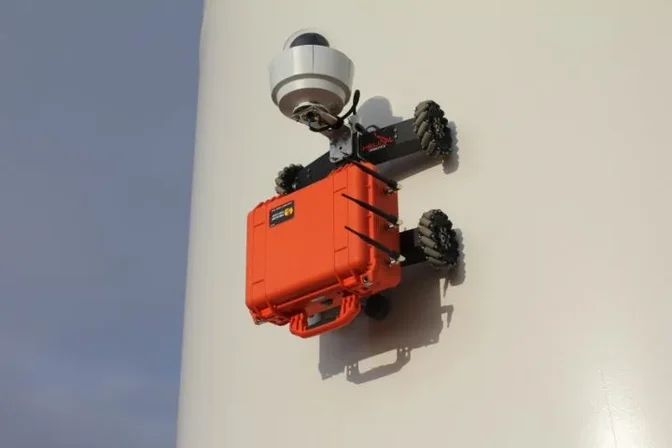
Drones as Confined Space Equipment
Drones have revolutionized confined space work by allowing inspections without human entry. They can navigate tight spaces, collect data quickly, and avoid the risks associated with traditional methods.
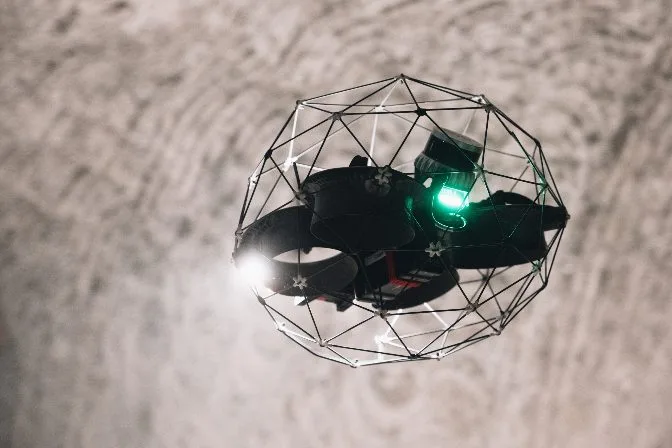 Elios 3 drone used for confined space inspections
Elios 3 drone used for confined space inspections
Drones reduce the need for complex permits and expensive safety gear. They make work safer, faster, and more efficient. As technology advances, drones are becoming the most important tool in confined space operations.
While traditional equipment remains relevant, the future of confined space work is likely to be dominated by drones and other uncrewed systems. Case studies show that drones can save time, money, and lives—proving their value in modern industrial settings.
Smart Vacuum Lifter Head with Aerocar
Introducing the China Smart Vacuum Lifter Head: Your Premier Choice for Efficient Material Handling
In the rapidly evolving industrial landscape, the demand for efficient and safe material handling solutions has never been higher. As a leading manufacturer and supplier of vacuum lifting equipment in China, we are proud to present our flagship product: the China Smart Vacuum Lifter Head.
The China Smart Vacuum Lifter Head embodies the latest advancements in vacuum technology, delivering unparalleled performance and reliability. Its ability to quickly establish a stable vacuum ensures secure and smooth lifting of various materials, making it an ideal choice for a wide range of industries, including construction, glass manufacturing, chemicals, and pharmaceuticals.
Moreover, our Smart Vacuum Lifter Head incorporates intelligent control features that allow for precise adjustment based on the specific characteristics and handling requirements of different materials. This ensures efficient and accurate lifting operations, maximizing productivity and minimizing the risk of damage or accidents.
In addition to the Smart Vacuum Lifter Head, we also offer a comprehensive range of vacuum lifting devices, including vacuum sheet lifters and vacuum lifting attachments. These products are designed to meet the diverse needs of various industries, providing a one-stop solution for all your material handling requirements.
As a professional manufacturer and supplier, we pride ourselves on our commitment to quality and innovation. We continuously invest in research and development, incorporating the latest technologies and concepts into our products to ensure they remain at the forefront of the industry. Furthermore, our team of experts is always ready to provide comprehensive pre-sales, sales, and after-sales support, ensuring that you receive the best possible service and satisfaction.
If you are looking for high-quality vacuum lifting equipment, whether it's the Smart Vacuum Lifter Head, vacuum sheet lifter, or any other vacuum lifting device, we are your trusted partner. Please feel free to contact us for more information or to discuss your specific requirements. We look forward to working with you and together creating a safer, more efficient, and productive workspace.
Smart Vacuum Lifter Head ,Vacuum Lifting Device,Vacuum Sheet Lifter
Guangdong Cowest Machinery Equipment Co.,ltd. , https://www.cowestmac.com